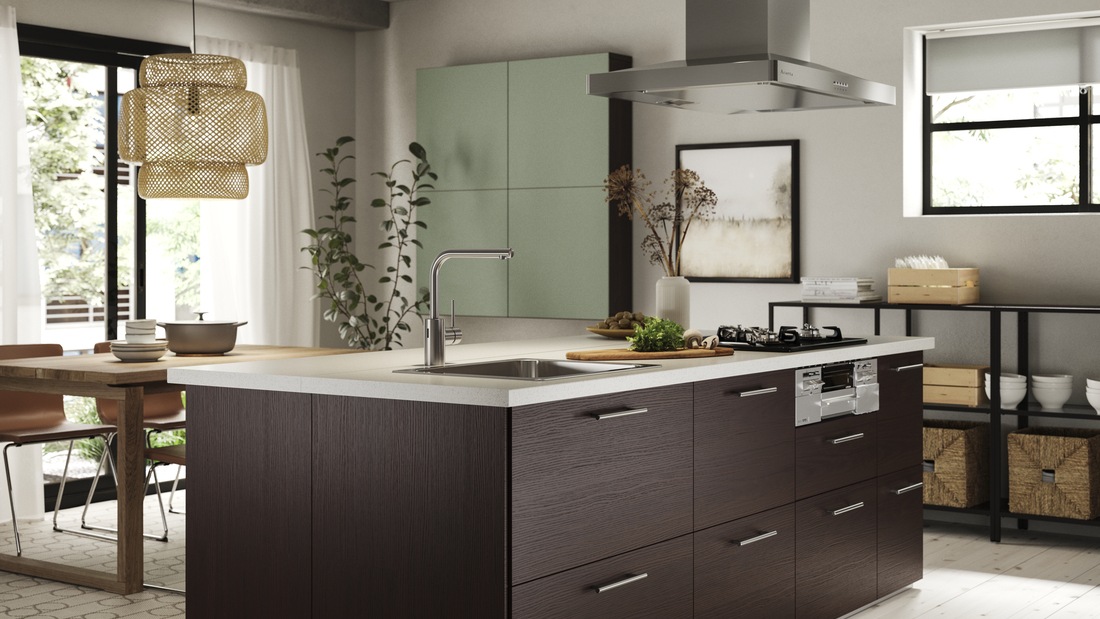Choosing the right kitchen sink size is crucial for enhancing the efficiency of your kitchen. Each kitchen has different needs, depending on cooking activities and the amount of equipment used.
The right sink size will help maximize workspace, ease the cleaning process, and ensure comfort while using the kitchen. With many sink sizes available, it’s important to understand how each size can affect your kitchen’s layout and functionality.
This article provides an overview of various kitchen sink sizes and their impact on your kitchen’s usability.
Choosing the right kitchen sink size
Selecting the right kitchen sink size requires careful consideration of your daily kitchen needs. Every household has different habits and routines, so the ideal sink size will vary.First, consider the size of your kitchen. A smaller kitchen may require a more compact sink to save space, while a larger kitchen allows for a bigger and more functional sink.
Next, think about the number of family members. The more people in the household, the greater the likelihood you’ll need a larger sink to accommodate more cooking and dining utensils. This will make it easier to maintain cleanliness and order in the kitchen.
The type of kitchen you have also plays an important role in determining the sink size. For example, a kitchen frequently used for cooking complex dishes may need a double-bowl sink to separate washing and preparation activities.
On the other hand, if your kitchen is mainly used for simpler tasks, a single-bowl sink might suffice. By considering these factors, you can choose a kitchen sink that not only fits the space but also meets your daily needs.
Read Also: 15 must-have kitchenware for home chef
Standard kitchen sink sizes and other options
The standard kitchen sink size typically ranges from 60 cm to 80 cm. This size is considered ideal because it provides enough space to wash kitchen utensils without taking up too much workspace.
With a standard-sized sink, you can easily wash plates, pans, and other utensils while still having enough room for other activities in the kitchen. However, if your kitchen has specific needs or a unique design, you may require a sink of a different size.
For example, in a smaller kitchen, you might opt for a smaller sink, around 40 cm to 50 cm, to save space. Conversely, if you often cook in large quantities or have an open-concept kitchen, a larger sink, around 90 cm to 120 cm, can provide more room.
How sink size affects kitchen functionality



